Economy

Producer Price Index Data for June
Written by Peter Wright
July 18, 2019
The Producer Price Index, inclusive of all commodities, has been relatively stable in 2019. In the last 12 months the prices of cold-rolled steel sheet and aluminum have declined in unison, according to an analysis of Bureau of Labor Statistics data performed by Steel market Update. This report is intended to provide subscribers with a view of the competitive position of sheet steel, aluminum, plastic and wood. The analysis includes some downstream products and a comparison of truck and rail transportation.
![]()
On Friday, July 12, the BLS released its series of PPIs for more than 10,000 goods and materials through June. For an explanation of this program see the end of this piece. The PPI data are helpful in monitoring price direction, though there may be a lag between the BLS reports and spot prices for steel products. We have also concluded that the actual index values of the PPIs of different products cannot be compared with one another because they are developed by different committees within the BLS. We believe this data is useful in comparing the direction of prices in the short and medium term, but tell us nothing about the absolute value.
The headline summary from the BLS was as follows: “The Producer Price Index for final demand advanced 0.1 percent in June, as prices for final demand services increased 0.4 percent, and the index for final demand goods fell 0.4 percent. The final demand index rose 1.7 percent for the 12 months ended in June.”
Figure 1 shows the composite PPI of all commodities since January 2008. The index rose steadily for 2½ years through mid-2018 before declining in November and December 2018. The index rose in both March and April 2019 before declining in May and June. Overall, the composite was up by 2.9 percent in the 12 months of 2018 and down by 1.9 percent in June year over year.
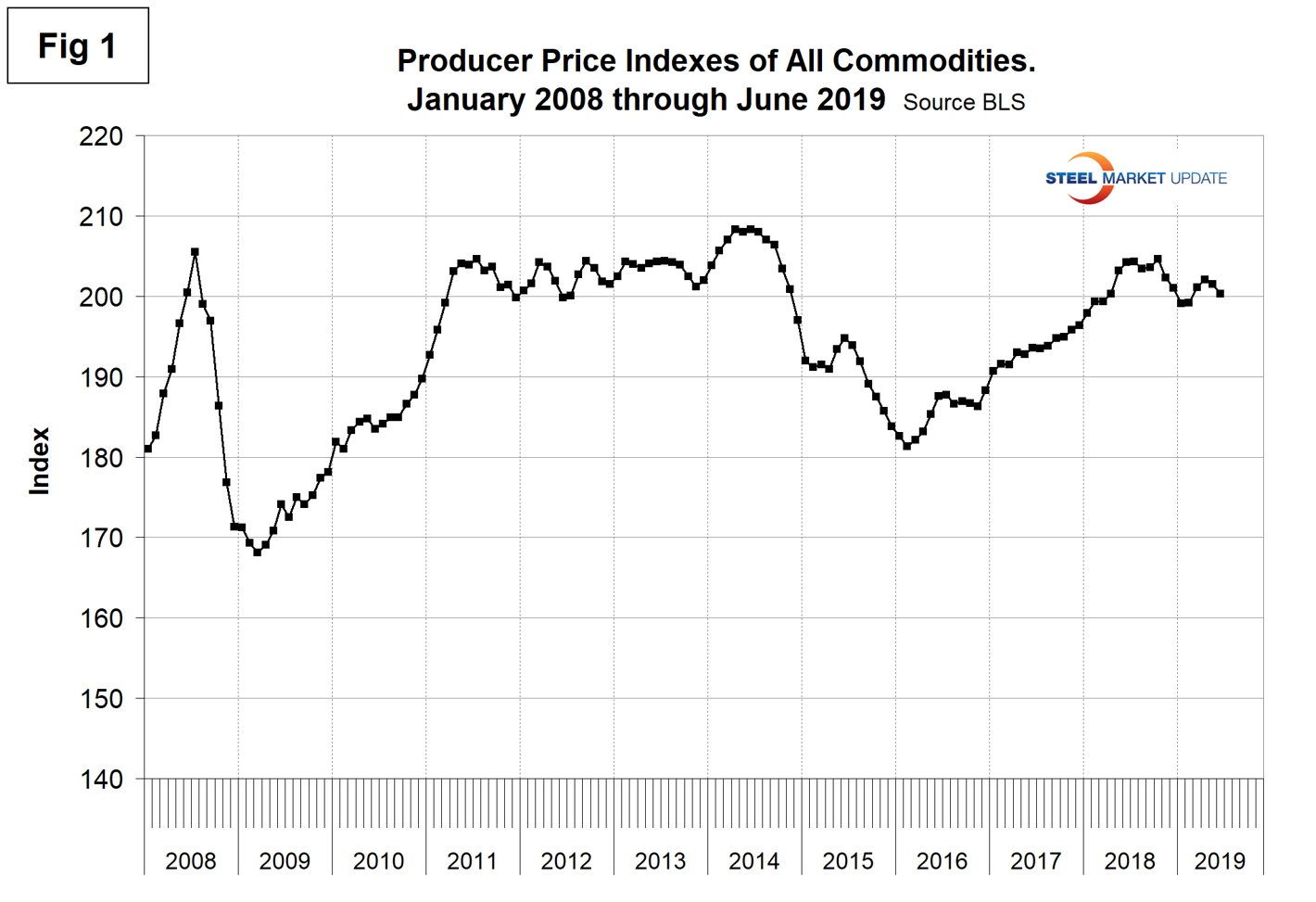
Table 1 is a summary of each segment that we examine on a year over one-, two- and three-year basis. The gain/loss pattern is shown by the color codes; we interpret rising prices as positive. We began this bimonthly analysis in January 2016 and the table has been predominantly green since February last year. The table includes direct comparisons where possible between steel and competing products, also some other plastic products for which there is no direct steel comparison, and a measure of price changes for transportation, warehousing and storage. Some specific comparisons of steel and steel products with their competition are as follows. Please note the Y axes are not to the same scale.
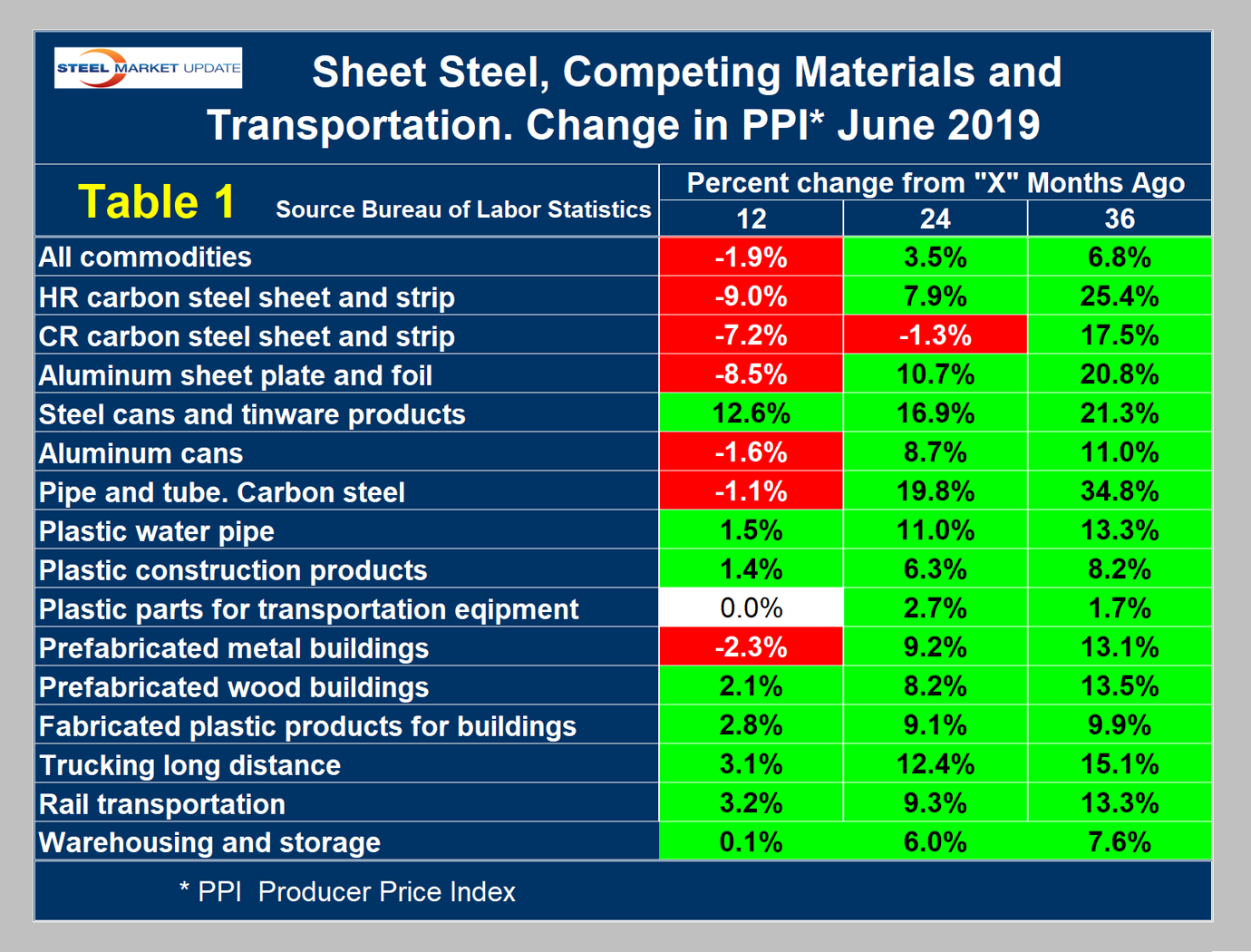
Figure 2 shows the year-over-year comparison of the price change of cold rolled steel sheet and flat rolled aluminum. The lines crossed in September last year and since then the price changes of steel and aluminum have synchronized. In June 2019, the rate of change of the price indexes was negative 7.2 percent for steel and negative 8.5 percent for aluminum both year over year.
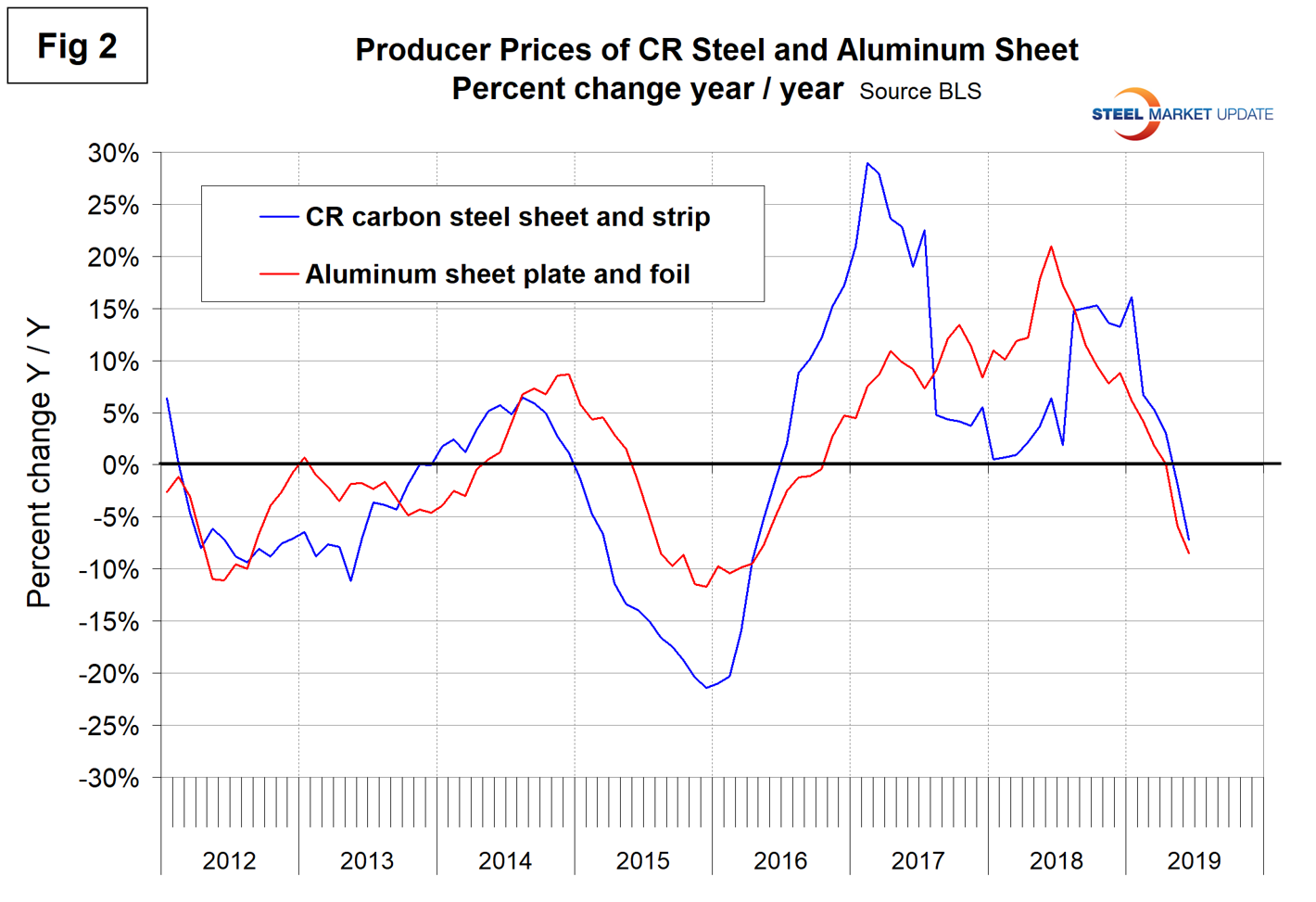
Figure 3 shows the same comparison for steel tinware products and aluminum cans. The BLS data suggests that steel cans suffered a huge competitive disadvantage in May and June 2019.
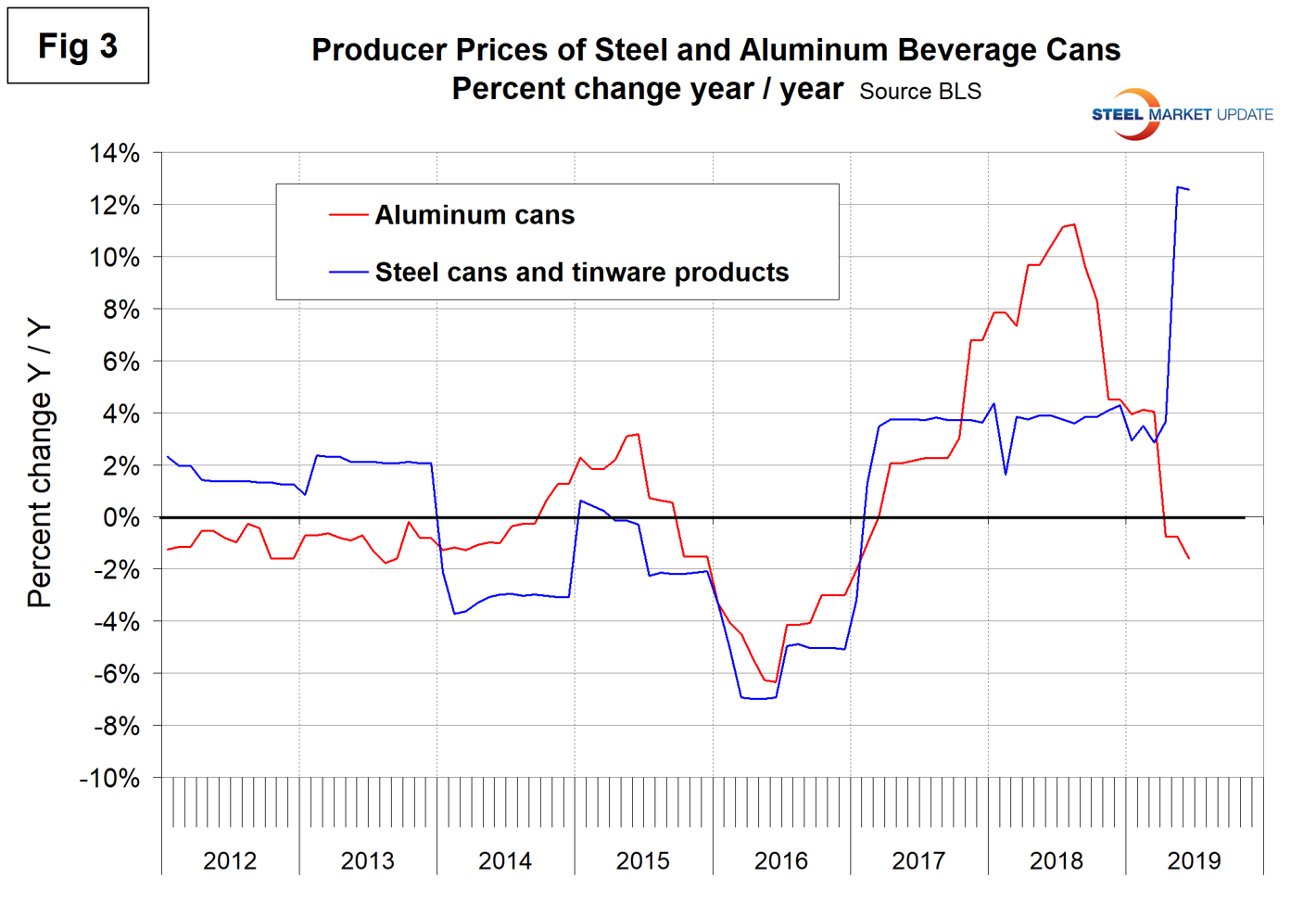
Figure 4 compares prefabricated metal with prefabricated wood buildings. The rate of increase of the price of steel buildings is now less than for wood for the first time since March last year.
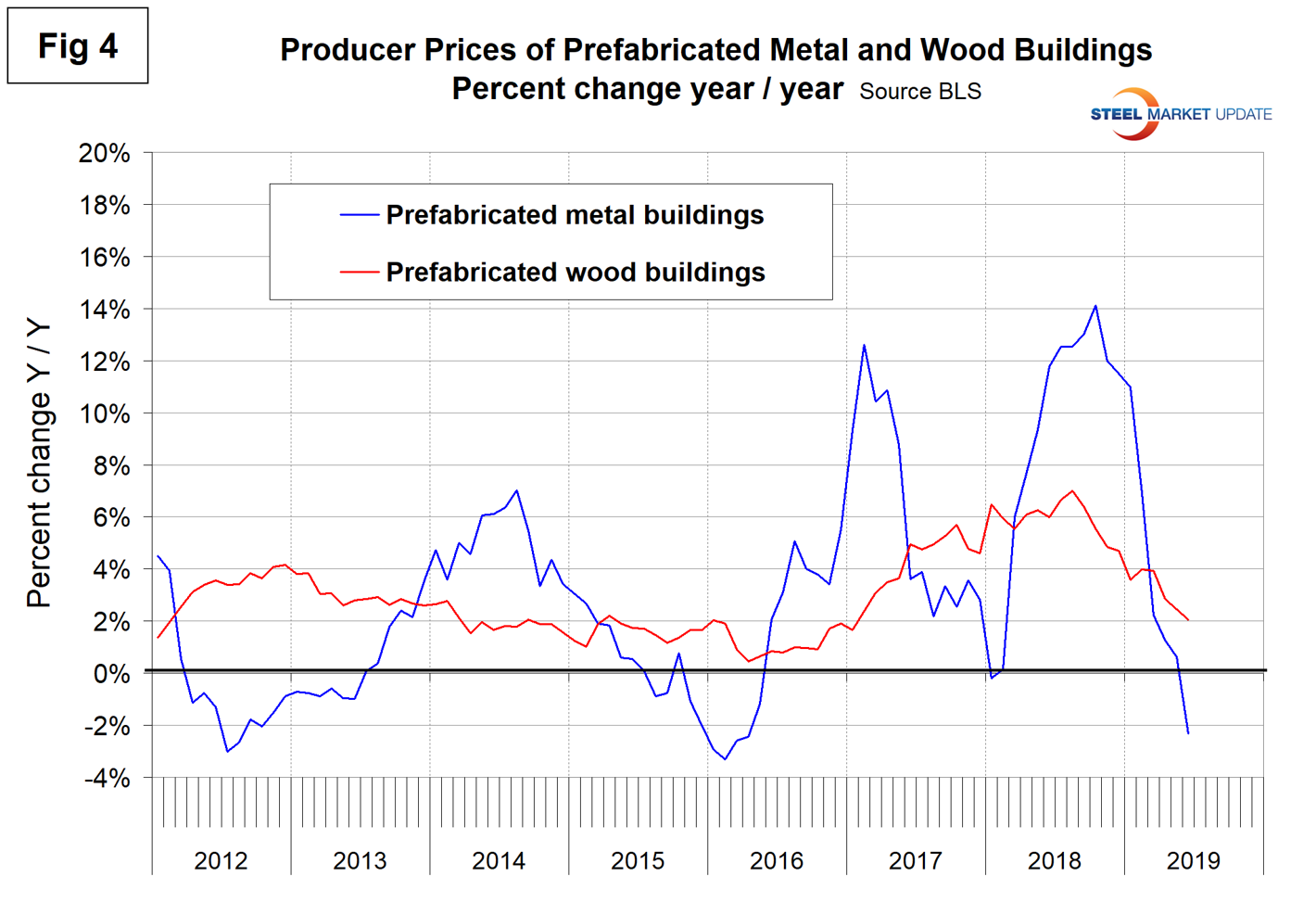
Figure 5 compares the price changes of steel and plastic pipe, which moved in opposite directions to the detriment of steel in 2018. The PPI of steel and plastic pipe has now synchronized.

Figure 6 compares the changes in the price of truck and rail transportation. The escalation of trucking prices exceeded those of rail almost every month from January 2015 through May 2019. In June, they came back in line with each other.
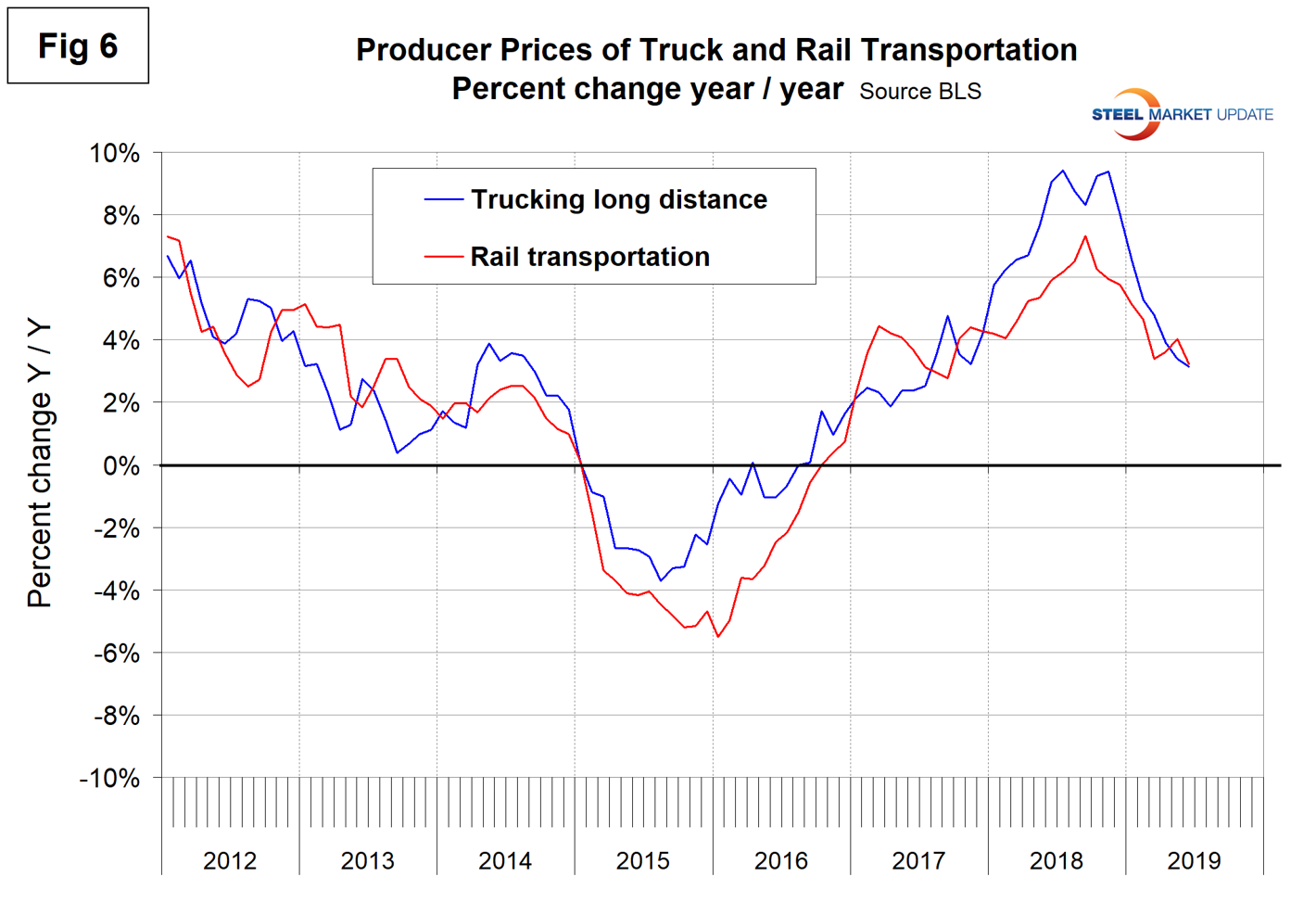
Figure 7 shows that the cost of warehousing and storage has declined steadily since April last year and became negative in March this year before returning to a slight price escalation in April through June.
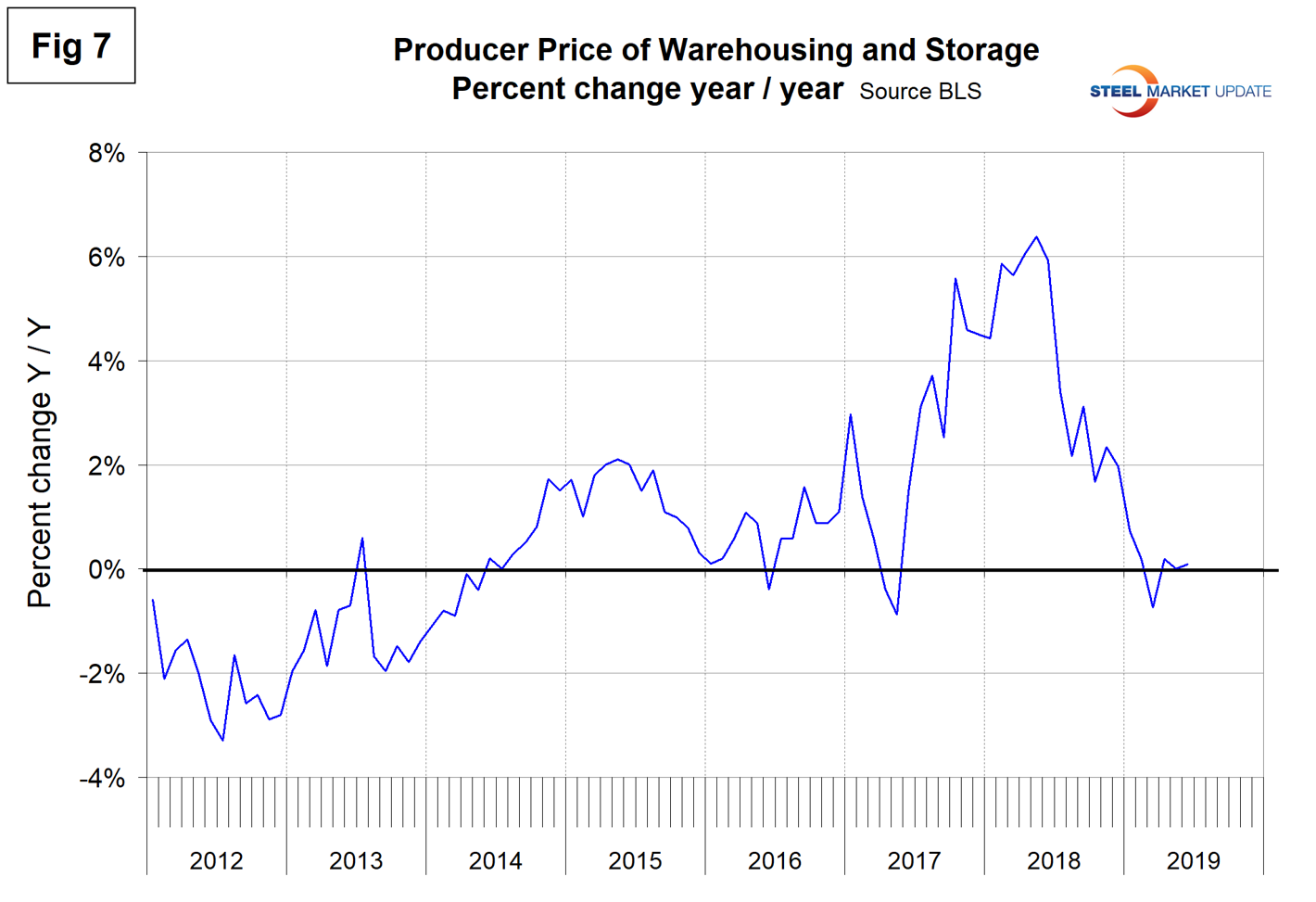
The official description of this program from the BLS reads as follows: “The Producer Price Index (PPI) is a family of indexes that measure the average change over time in the prices received by domestic producers of goods and services. PPIs measure price change from the perspective of the seller. This contrasts with other measures, such as the Consumer Price Index (CPI). CPIs measure price change from the purchaser’s perspective. Sellers’ and purchasers’ prices can differ due to government subsidies, sales and excise taxes, and distribution costs. More than 10,000 PPIs for individual products and groups of products are released each month. PPIs are available for the products of virtually every industry in the mining and manufacturing sectors of the U.S. economy. New PPIs are gradually being introduced for the products of industries in the construction, trade, finance, and services sectors of the economy. More than 100,000 price quotations per month are organized into three sets of PPIs: (1) stage-of-processing indexes, (2) commodity indexes, and (3) indexes for the net output of industries and their products. The stage-of processing structure organizes products by class of buyer and degree of fabrication. The commodity structure organizes products by similarity of end use or material composition. The entire output of various industries is sampled to derive price indexes for the net output of industries and their products.”

Peter Wright
Read more from Peter WrightLatest in Economy

ISM: Manufacturing expansion loses steam after two months of growth
US manufacturing activity slowed in March after two straight months of expansion, according to supply executives contributing to the Institute for Supply Management (ISM)’s latest report.

Chicago Business Barometer rose to 16-month high in March
The Chicago Business Barometer increased for the third-consecutive month in March. Despite this, it still reflects contracting business conditions, as it has since December 2023.

Durable goods orders rise again in February
Transportation equipment led the increase, rising 1.5% to $98.3 billion.

Consumer confidence falls for fourth consecutive month
People remain concerned about inflation, trade policies, and tariffs.

Housing starts ticked up in February
Single-family starts last month hit a rate of 1.10 million, a month-over-month increase of 11.4%, census data shows.
